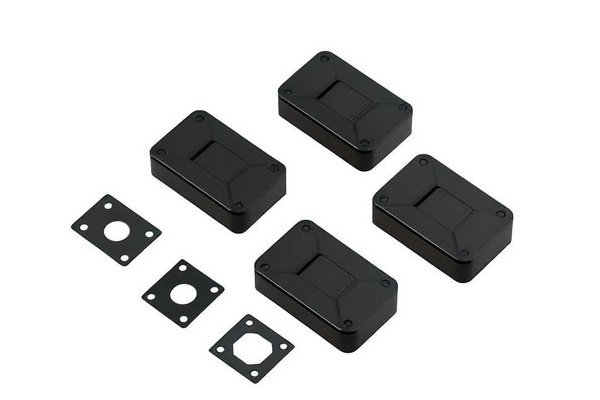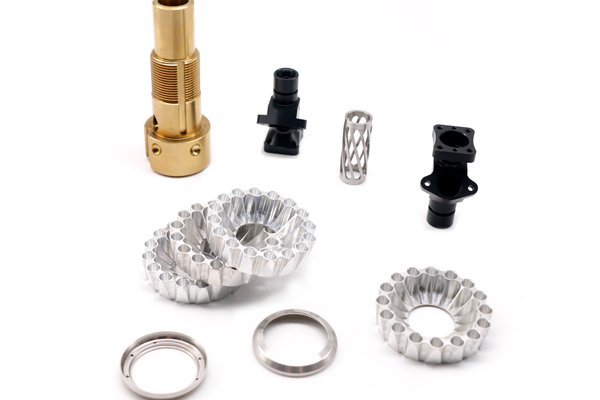Opening
Did you know that a well-evaluated CNC machined part can significantly extend its service life by up to 40%? Understanding the longevity of these components is not just a matter of curiosity; it’s crucial for manufacturers and engineers striving for efficiency and stability in operations. As CNC (Computer Numerical Control) machining becomes increasingly popular in various industries—from aerospace to medical devices—evaluating the service life of machined parts has gained unprecedented importance. This extensive guide opens up the world of factors influencing service life and effective evaluation methods, helping you enhance product performance and sustainability.
—
Understanding CNC Machining and Service Life
CNC machining is a subtractive manufacturing process that utilizes computerized controls to remove material from a solid block to produce parts of precise dimensions. The lifespan of these machined parts—defined as the duration they can reliably function under specific conditions—depends on several factors, including material choice, manufacturing precision, environmental conditions, and application-specific stresses.
Evaluating the service life of CNC machined parts includes a thorough understanding of these influencing factors and tested methodologies that can predict how long a part will perform effectively before requiring replacement or repair.
—
Key Factors Influencing Service Life
The choice of material plays an integral role in determining the service life of CNC machined parts. Common materials used in CNC machining include:
The specific properties of each material, such as hardness, tensile strength, and fatigue resistance, directly influence their performance under operational conditions.
Design geometries significantly impact the service life of machined parts. Complex designs with sharp corners or thin walls may exhibit stress concentrations, leading to premature failure. Utilizing Finite Element Analysis (FEA) during the design phase helps in identifying critical stress zones, informing adjustments to optimize durability.
The precision of the machining process itself affects service life. Factors such as cutting speed, tool wear, and coolant use can alter the final surface finish and dimensions of a part. Higher tolerances usually lead to longer service life but can also increase production costs.
Surface treatments like anodizing, coating, or shot peening enhance material properties, reducing wear and fatigue. Evaluating the effectiveness of these treatments through tests such as hardness measurements and wear resistance can provide insights into their long-term impact.
The conditions under which a part operates can significantly influence its longevity. Factors like temperature fluctuations, exposure to corrosive environments, and mechanical loads all contribute to wear and potential failure. Understanding these environmental stressors is crucial for accurate life expectancy assessments.

Regular maintenance and monitoring are vital for maximizing service life. Predictive maintenance strategies, including vibration analysis and thermal imaging, can detect early signs of malfunction, allowing for timely interventions.
—
Methodologies for Evaluating Service Life
To comprehensively evaluate the service life of CNC machined parts, several methodologies can be adopted:
Accelerated life testing simulates prolonged use in a condensed time frame by applying elevated stress conditions. This technique provides valuable data on how quickly a part might fail under extreme conditions, aiding in predicting actual service life.
FEA uses numerical methods to assess how a part responds to various loads and stresses. By breaking down the part into smaller elements, engineers can identify high-stress areas that could lead to premature failure, allowing for design adjustments before manufacturing.
Wear testing quantifies the degradation of materials under specific conditions. Standard tests—such as the Taber Abrasion Test or the Pin-on-Disk Test—help compare the wear resistance of different materials or surface treatments, providing insight into material longevity.
Fatigue testing assesses how materials withstand cyclic loading over time. This test can reveal important information about the expected lifecycle and endurance limits of materials used in CNC machined parts.
FMEA is a systematic approach to identifying the potential failure modes of a product and their consequences. By understanding potential failure scenarios, manufacturers can take preventive actions to increase the reliability of machined parts.
—
In conclusion, the evaluation of the service life of CNC machined parts is a multi-faceted endeavor that incorporates material science, design engineering, and rigorous testing methodologies. By focusing on key factors such as material selection, operational conditions, and effective maintenance practices—or by implementing methodologies like ALT, FEA, and fatigue testing—manufacturers can make informed design decisions that substantially enhance the durability of their products.
Understanding these principles is not just important from a production standpoint; it affects overall operational efficiency, reliability, and cost-effectiveness in any industry reliant on precision machining. As we advance into an era of increasing customization and complexity in manufacturing, the insights gained in evaluating service life will be foundational in driving innovation and sustainability.
Revisiting these critical evaluations will ensure that you remain ahead in your competitive landscape, achieving optimal results from your CNC machined parts.
—
Final Thought
As we navigate through the challenges presented by modern manufacturing, don’t underestimate the power of effective evaluation; it could be the difference between success and failure. Always strive for continual improvement, as the longevity of your CNC machined parts is both pivotal to operational productivity and a vital metric for achieving excellence in manufacturing processes.






